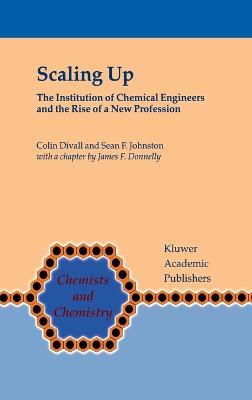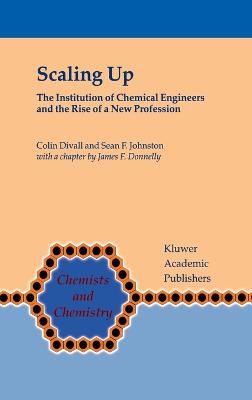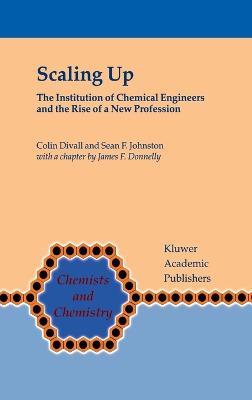Scaling Up: The Institution of Chemical Engineers and the Rise of a New Profession
Precursors of the modern chemical industry began to emerge in Northern Europe in the middle of the eighteenth century. The Industrial Revolution boosted activities such as soap-making, glassmaking and textiles production, which required increasing quantities of chemical products. The Lead Chamber process for the manufacture of sulphuric acid, required for the production of dye, was developed in the 1740s by John Roebuck then based in Birmingham. Production of this key commodity rose steadily. By the 1820s, British annual production had reached 10 000 tons of 100% acid. By 1900, Britain was producing one quarter of the world's output with an annual production approaching one million tons. Demand for alkalis for glassmaking and soap-making, for textile dyes and for bleach was also growing rapidly in the second half of the eighteenth century, and it became clear that existing sources of these materials would not be sufficient. In response to a prize established by the Academie des Sciences, Nicholas Leblanc had devised by 1791 a method for converting common salt into soda ash, which was to become the central operation of the world alkali industry for about one hundred years.
-
Autore:
-
Editore:
-
Collana:Chemists and Chemistry
-
Anno:2001
-
Rilegatura:Hardback
Le schede prodotto sono aggiornate in conformità al Regolamento UE 988/2023. Laddove ci fossero taluni dati non disponibili per ragioni indipendenti da Feltrinelli, vi informiamo che stiamo compiendo ogni ragionevole sforzo per inserirli. Vi invitiamo a controllare periodicamente il sito www.lafeltrinelli.it per eventuali novità e aggiornamenti.
Per le vendite di prodotti da terze parti, ciascun venditore si assume la piena e diretta responsabilità per la commercializzazione del prodotto e per la sua conformità al Regolamento UE 988/2023, nonché alle normative nazionali ed europee vigenti.
Per informazioni sulla sicurezza dei prodotti, contattare productsafety@feltrinelli.it



